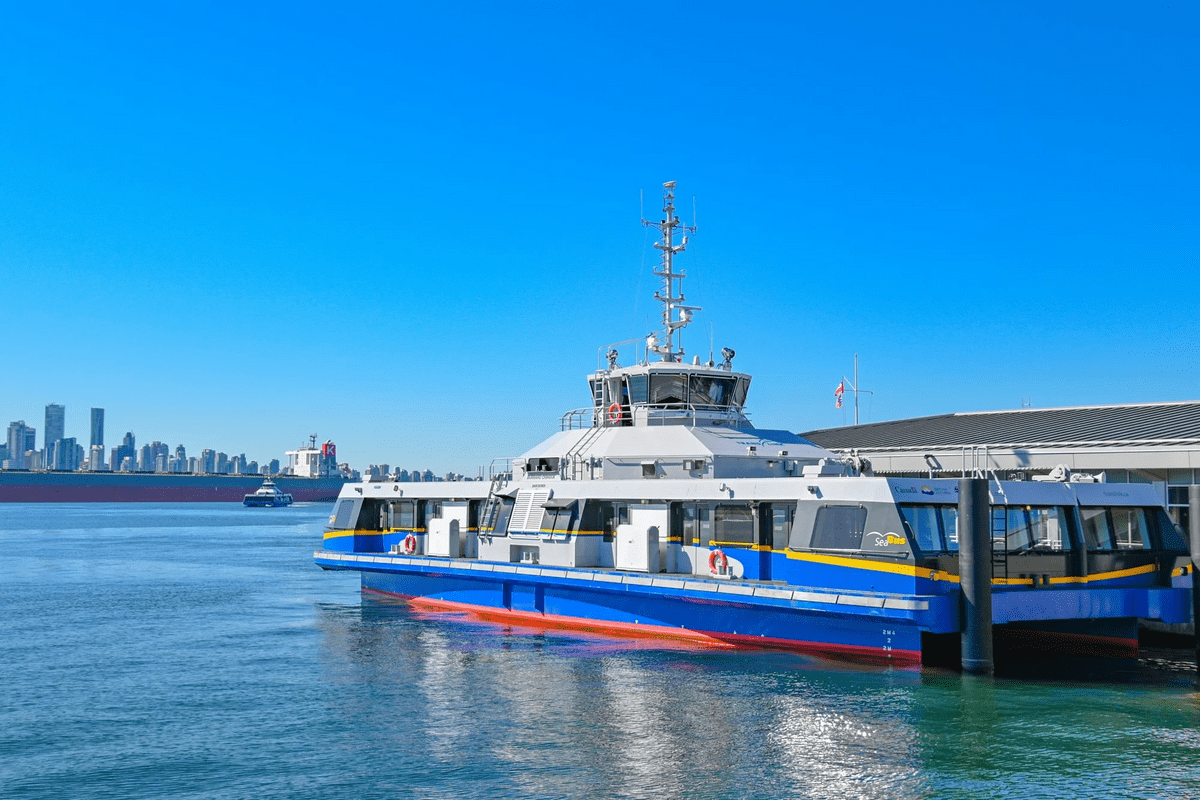
Have you ever heard of lightering? If not, you're not alone. Lightering is a common practice in the maritime industry that involves transferring cargo between vessels to ensure safe navigation in shallow waters or ports. It may sound simple, but there are many complexities and considerations involved in the lightering process. In this article, we will explore what lightering is, why it is necessary, and how it is carried out.
Why is Lightering Necessary?
Lightering is necessary for a variety of reasons, primarily to reduce the draft of a vessel. The draft refers to the depth of the vessel below the waterline, and in some cases, vessels may be too deep to safely navigate certain waterways or ports. By transferring cargo from one vessel to another, the draft can be reduced, allowing the vessel to navigate through shallow waters or enter ports that would otherwise be inaccessible.
In addition to draft restrictions, lightering may also be necessary in situations where a vessel is too large to dock at a specific port or terminal. By transferring cargo to smaller vessels, the larger vessel can remain anchored offshore while the cargo is transported to its final destination. This process saves time and resources, as well as reduces the risk of damage to the vessel or port infrastructure.
How is Lightering Carried Out?
The process of lightering involves several steps, starting with the selection of a suitable lightering vessel. This vessel must be able to safely accommodate the cargo being transferred and have the necessary equipment and personnel to carry out the operation. Once the lightering vessel is in place, the cargo is transferred using hoses, pumps, and other equipment to ensure a smooth and efficient operation.
During the lightering process, safety is of utmost importance. Vessels must adhere to strict regulations and guidelines to prevent spills, leaks, or other environmental hazards. Additionally, weather conditions, tides, and currents must be carefully monitored to ensure the safety of the crew and the protection of the cargo.
After the cargo is transferred, it is inspected to ensure that no damage or contamination has occurred during the lightering operation. Once the cargo is deemed safe and secure, the vessels can continue on their respective journeys, with the lightering vessel returning to port to prepare for its next assignment.
Benefits of Lightering
While lightering may seem like a complex and time-consuming process, it offers several benefits to the maritime industry. By allowing vessels to safely navigate shallow waters and access restricted ports, lightering helps to keep commerce flowing smoothly and efficiently. It also minimizes the risk of accidents and environmental damage that can occur when vessels are forced to navigate in unsafe conditions.
Furthermore, lightering can help to reduce transportation costs by optimizing vessel efficiency and reducing the need for costly rerouting or delays. By transferring cargo to smaller vessels, larger vessels can operate more efficiently, saving time and fuel and ultimately reducing emissions and environmental impact.
In conclusion, lightering is a vital practice in the maritime industry that plays a crucial role in ensuring the safe and efficient transportation of goods around the world. By understanding the process of lightering and its benefits, you can appreciate the complexities and considerations involved in this essential operation. So the next time you see a lightering operation taking place, you'll have a deeper appreciation for the strategic planning and teamwork that goes into making it a success.